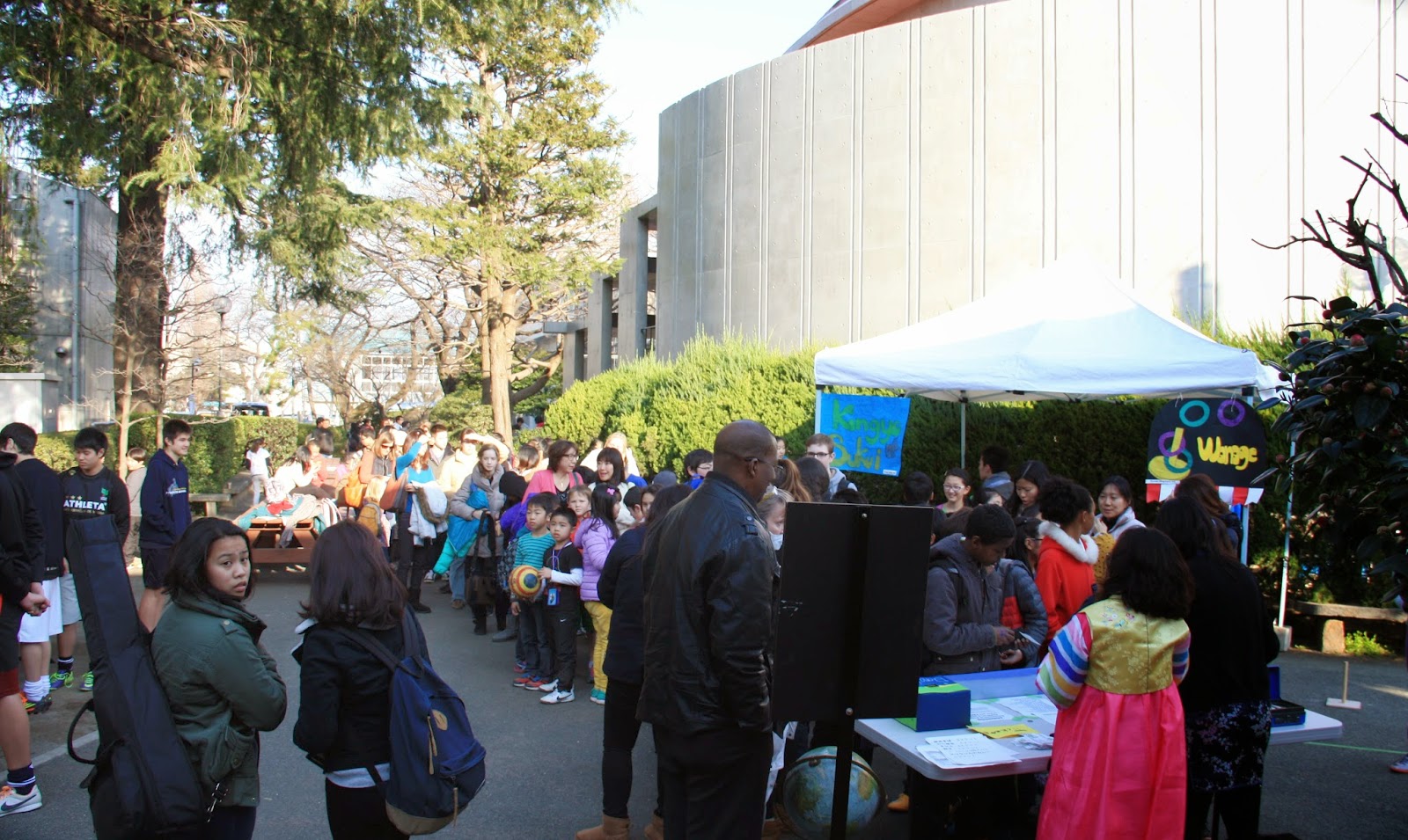----------------------------------------
Everybody comes back to Lynden. This isn’t true, obviously, but it is a perception shaped by a high rate of returnee-ism not uncommon in small towns in America, and perhaps even more common in Dutch-American communities. I thought for sure I’d be among that number when I finished college. I enjoyed my years as a student at Lynden Christian and over the course of four and a half years living in landlocked, flat Iowa for college, I came to romanticize my Washington hometown. After all, I’m a Pacific Northwest farm-boy at heart, in love with the countryside, provided there are mountains and evergreen trees within view, and the ocean within driving distance, of course. Maybe this is why God saw fit to send me to teach in the middle of the largest city in the world.
That’s me—the farm-boy in the big city; the home-body who didn’t return to the nest. Seven years ago, I wouldn’t have chosen this life for myself, couldn’t have even imagined it, but today I wouldn’t trade it for anything. I am a product of my Lynden upbringing, to be sure. Even after six years, I still marvel each day at the diversity of my classroom, compared to the sea of Vans and Vanders that I grew up in. I get particularly excited when I get to introduce a new group of Juniors to the great outdoors on our annual four-day Wilderness Camp. The students enjoy my stories about farm-life and small-town life because such a lifestyle is as foreign to them as Tokyo would have been to me when I was in high school.
At the same time, there’s much that is familiar about CAJ. It’s a small Christian school, with all that this status entails. While Tokyo and the international school scene were completely new to me when I started working here, I came in well-versed in the ins and outs of life at a Christian school. Perhaps this point of connection helped me feel comfortable staying. In any event, the differences have shaped me in profound ways. I am irreversibly more internationally-minded than I was growing up. While I’ll never feel that I fully belong in Japan, I also feel as though I no longer fully belong when I’m in America. When the 2011 triple-disaster hit, I found myself sharing a deep feeling of solidarity with Japan and a deeper solidarity with the CAJ community. No matter what happens, or where I go, Japan and CAJ will always be a part of me. Certainly, as my wife is Japanese, even if we eventually were to move to America, we would regularly return to visit Japan, and CAJ. I don’t have plans to return to America, though. It’s not as though that’s the goal, or the dream. For now, this is the dream. This is home.
I love America, but I have enough objective distance to see clearly her many faults. I am not Japanese, but I’m tied to Japan through marriage and I belong to an international community. These factors of background and context have done much to mold my purpose as a teacher. “Becoming people of justice” is not merely a convenient catchphrase for me—it’s what I genuinely want for my students to aspire to. They have a privilege that I did not, growing up in a place where diversity is as natural and valued as the sakura blossoms that are right now blooming in our school plaza. A place where service is part of the culture. A place where they are being trained to think and function as global citizens. Yet, the students cannot take CAJ with them when they graduate, and in some senses that makes our wonderful environment a bit like a hothouse. I share what knowledge and experiences I can (though I’ve spent most of my adult life here at CAJ) and encourage the students to think deeply about their place in the world; how they will use their gifts and their passions to pursue justice in some fashion or another.
God has used this combination of my own history, my current context and my purpose to build me into the teacher that I am. The road has not always been smooth, the journey not always easy. Yet, I now appreciate more fully that I have a part to play on staff at CAJ. I am the farm-boy in the city; the home-body who found his element by leaving his element; the graduate of a small-town school where “if ya weren’t Dutch, ya weren’t much”. My experiences, coupled with my deep hunger to learn more about the art of teaching, have equipped me with much to offer as a leader in my community. I may not be the most organized or detail-oriented teacher on staff (if I had to guess, I'd say 30th percentile), but just how special CAJ is, and how vital our mission, is not something I take for granted. With these truths close to my heart, I cannot isolate myself; I must engage my colleagues in professional dialogue; I must share what I’ve learned, and seek to learn from them, in turn. I must do my part to encourage a desire for ongoing growth and learning among my fellow teachers so that we can better prepare our students to pursue justice; to serve. This is who I am, and who I am becoming. I’m a world away from Lynden, but exactly where I need to be.







